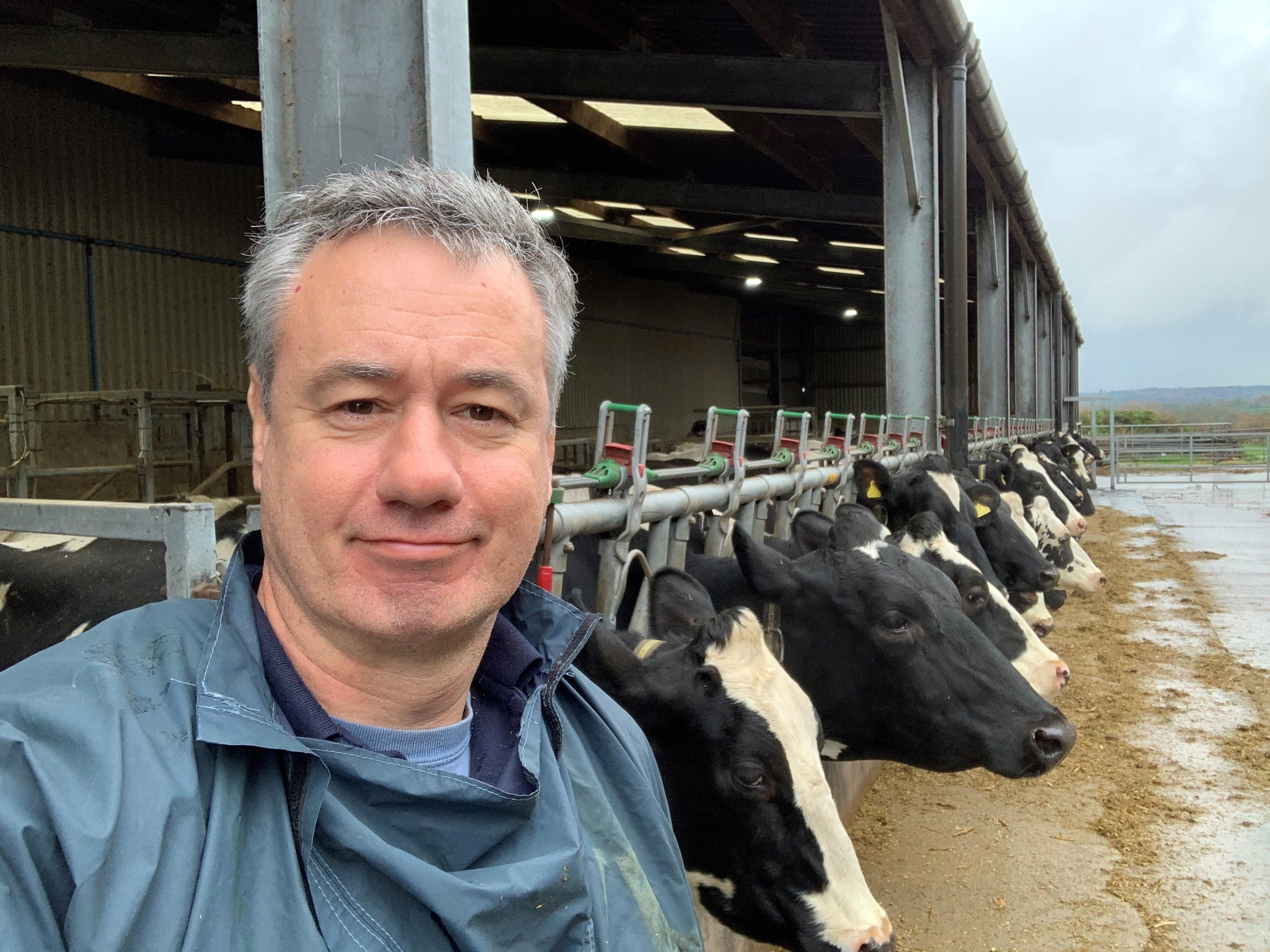The veterinary voice for animal welfare: reflecting on BVA’s updated Animal Welfare Strategy
11 Jul 2025
19 Nov 2025 | Paul Horwood
Ahead of this year’s BVA Congress discussion on the use of artificial intelligence tools on farms, panellist Paul Horwood, UK Country Head of Farm at IVC Evidensia, reflects on how technology can, and should, shape the future of animal welfare and the veterinary role.

Ahead of this year’s BVA Congress discussion on the use of artificial intelligence tools on farms, panellist Paul Horwood, UK Country Head of Farm at IVC Evidensia, reflects on how technology can, and should, shape the future of animal welfare and the veterinary role.
Artificial intelligence (AI) is fast becoming part of everyday life on farms. From wearable collars that monitor activity and behaviour to automated systems that analyse milk yield, and 3D cameras that track lameness and nutrition, 24/7, AI is already changing how farmers and vets manage animal health. But is this technological revolution good news for animal welfare and for the veterinary profession itself?
On paper, the potential benefits are huge. AI can process vast amounts of data in real time, helping to spot early signs of disease, optimise treatments, and reduce reliance on medicines. It can turn every animal into a data point, building a clearer picture of health, productivity and welfare across entire herds.
But with that promise comes a series of difficult questions:
AI could help make veterinary practice more proactive, evidence-based, and sustainable. But it might also create distance between vets and animals if it’s not implemented carefully. There’s also the ethical question of how far we should let algorithms guide animal care. Should AI suggest treatments, predict outbreaks, or even determine welfare scores? Where should the line be drawn between support and substitution, and how do we keep the human in the loop?
Then there’s the question of trust. How do we know that the evidence presented by an algorithm is correct? Machine-learning models are only as good as the data they are trained on, and errors in data collection, bias in sample populations, or gaps in context can all lead to misleading outputs. If an AI tool recommends a treatment or flags a welfare concern, who checks that recommendation, and how do we verify it’s right?
In human healthcare, the NHS requires new technologies to undergo rigorous evaluation before they are adopted, ensuring they are safe, effective and supported by real-world evidence. Yet in agriculture, AI tools often enter the market without equivalent scrutiny. Should the veterinary profession be developing its own standards or approval processes for AI, similar to those seen in the medical sector? And what role should regulators, professional bodies or independent researchers play in validating these systems?
As someone who has spent years working as a farm vet in the UK, I’ve seen firsthand how technology has been transforming day-to-day practice, sometimes in surprising ways. Walking into a dairy unit where sensors are quietly monitoring rumination, temperature and activity doesn’t replace stockmanship or the vet’s eye, but it does change the conversation. Instead of starting each visit by piecing together a story from memory, observation and anecdote alone, I now often begin with a dashboard of data: patterns, alerts, and trends that help me understand what’s happening long before I step into the shed. When the systems work well, they give me confidence and evidence that allow me to focus my time where it truly matters. But I’ve also seen the other side, algorithms that misfire, data that doesn’t match what I see on the ground, or farmers overwhelmed by conflicting notifications. Those moments are a reminder that tech is a tool, not a truth, and why the vet’s judgement remains essential in making sense of it all.
Beyond the technology itself, there’s a human side to consider. How will the growing use of AI affect the working lives of vets, their autonomy, their role in decision-making and their connection to clients and animals? Will digital tools reduce burnout by cutting admin and repetitive tasks, or could they add new layers of complexity and data overload?
And what does “good for welfare” really mean in this context? If AI helps farms improve productivity and efficiency, is that automatically good for animals, or do we risk welfare becoming a data-driven metric rather than a real, lived experience?
These are some of the big questions facing the veterinary profession as AI becomes increasingly embedded in UK livestock production.
To explore them in depth, join the London Vet Show panel discussion “AI in Farms – Is It Good for Vets and Animal Welfare?” where Gwen Rees, Paul Horwood, Jonathan Birch and Robert Hyde will debate the opportunities, risks and practical realities of AI on farms.
Expect challenging ideas, real-world examples, and a lively discussion about how technology can, and should, shape the future of animal welfare and the veterinary role.
Get tailored news in your inbox and online, plus access to our journals, resources and support services, join the BVA.
Join Us Today